MARTIS CREEK LAKE, Calif. - It took years to take over, and it will take years to get rid of it. But volunteers helped the Corps get a strong start on eradicating invasive Eurasian watermilfoil from the Sacramento District's Martis Creek Lake Oct. 31, placing 5,000 square feet of sunlight barriers that will kill it off sustainably and help restore the lake's native ecosystem.
The project, years in development by the Corps and the Tahoe Divers Conservancy, is funded by a $20,000 grant from the Community Foundation of Western Nevada's Truckee River Fund.
Milfoil has long been a nuisance in the Truckee River watershed, which includes Martis Creek Lake, said Phil Caterino, of the Tahoe Divers Conservancy.
"It completely changes the ecosystem," he said. "It clogs out the native species, it's detrimental to water quality, and will affect drinking water."
Caterino and the conservancy started worrying about milfoil getting into Sierra Nevada watersheds in the 1980s, after they heard about it taking root in the Great Lakes. Some invasive species watchers thought the weed couldn't survive in the colder mountain waters of the Sierra, but "it's invasive," Caterino said. "It adapts."
And it did. By 1986, Caterino and fellow conservancy divers were finding milfoil on their dives in nearby Lake Tahoe, likely transplanted by recreational boaters. Soon, it was showing up all over the watershed.
At Martis, it ruined what had been a trophy fishery for native Lahontan cutthroat trout. Crowding out native elodea plants, the milfoil also choked off the trout. In their absence, bluegill fish, a nuisance fish to anglers, thrived.
For years, there were no good options for eradicating milfoil. Poisoning a lake to kill invasive species risked killing native species too, among other environmental effects. And eradication by hand was too labor-intensive and costly to be feasible, especially in deeper lakes like Tahoe.
But dive after dive, the conservancy found something funny about the weed. Near marinas, beneath moored boats, the milfoil struggled and died.
The boats were blocking their sunlight.
It was the key to fighting milfoil on a larger scale. The conservancy brought the idea to the outdoor sporting goods company Patagonia, which engineered a solution: a ten-by-ten feet square wall of dark fabric, placed over the weed on the lake floor to block sunlight. The barrier fabric, framed by sand-weighted PVC pipes, is lightweight, durable and non-toxic. It also breathes, keeping the barriers from smothering native plant and animal species.
Better still, they're easy to build, allowing volunteers to ease the cost of placing them.
"It's made to be used by volunteers," Caterino said. "That's what makes it feasible."
Conservancy divers first tried the barriers at Priest Lake in Idaho, and then in Lake Tahoe. They worked. Where the barriers were placed, the milfoil died, and native elodea returned.
Martis Creek park ranger Jacqui Zink had heard of the conservancy's success, and reached out to Caterino about placing barriers at Martis. "It was a great project," Zink said, "and I thought, 'why wouldn't it work here''"
Together, they put together a grant application to the Truckee River Fund to try the barriers here, and got it. The grant paid for 50 barriers, and helps cover the conservancy's expenses for placing them.
Four volunteers, three of them local anglers, joined Zink and Caterino Oct. 31 to place all 50 barriers, mostly along the lake's shoreline.
"It's the most visited part of the lake," Zink said, "so it's the best place to start. We're just so excited to be getting started on this. We're restoring this ecosystem, and we're doing it efficiently and sustainably."
In the spring, they'll move the barriers to new spots, moving them again every six to eight weeks, with the working goal of eradicating 80 percent of the milfoil over the next few years.
"It's a good start," said Larry Sveland, a fly fisherman who helped place the barriers. "Everybody has to give back, and if we can help improve things here, maybe we can help bring it back (the fishery)."
Fellow angler Terrell Ogburn agreed. "I have a lot of history here," he said. "I like to see the water stay clean, and I'm glad to do whatever I can to help.
"I caught my first cutbow (fish) here," he said. "I hope this helps us stay ahead of the curve here, and bring (the lake) back to what it was."
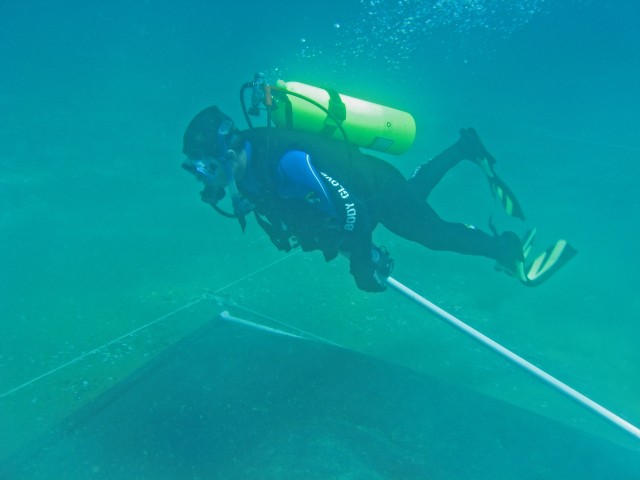
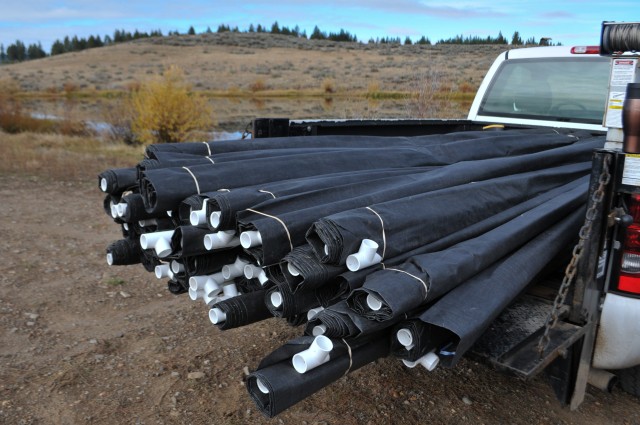
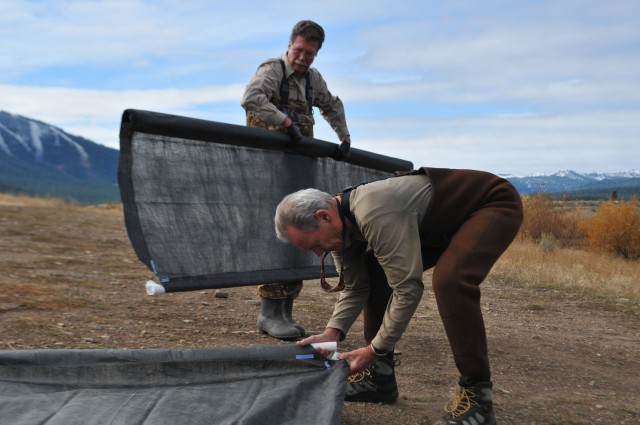
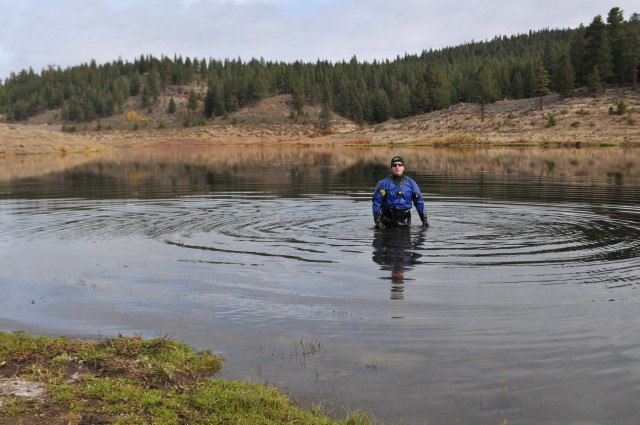
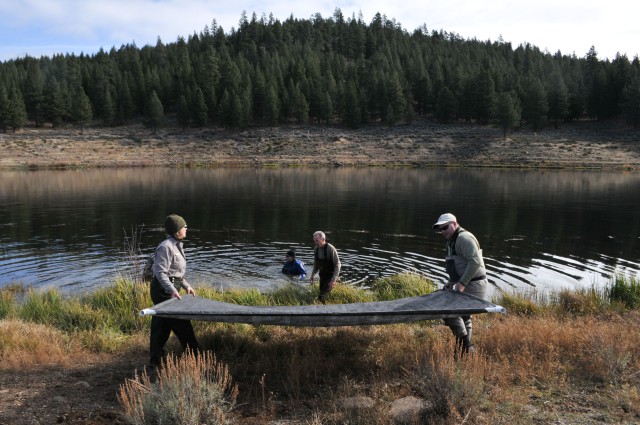
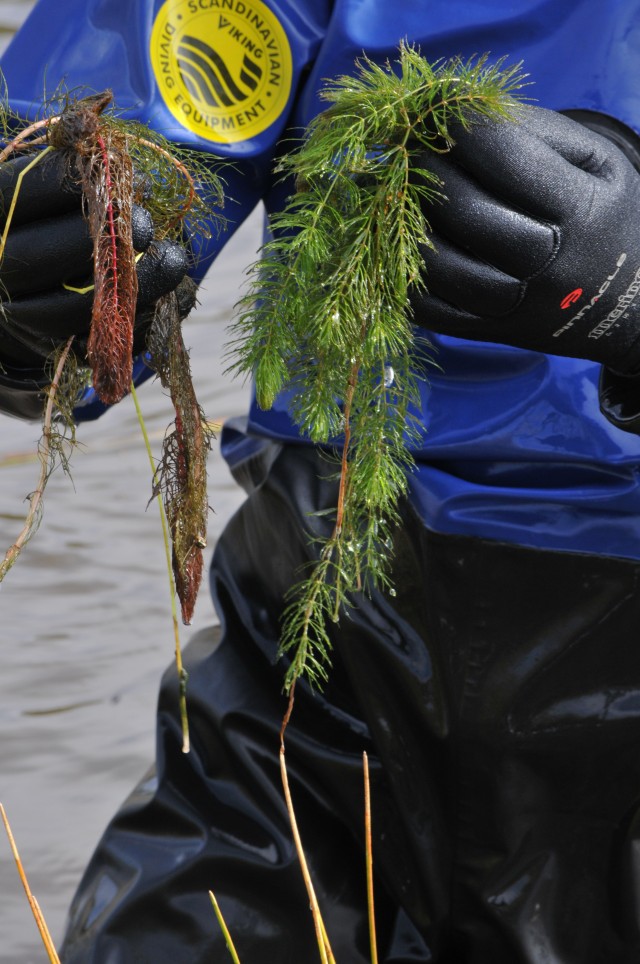
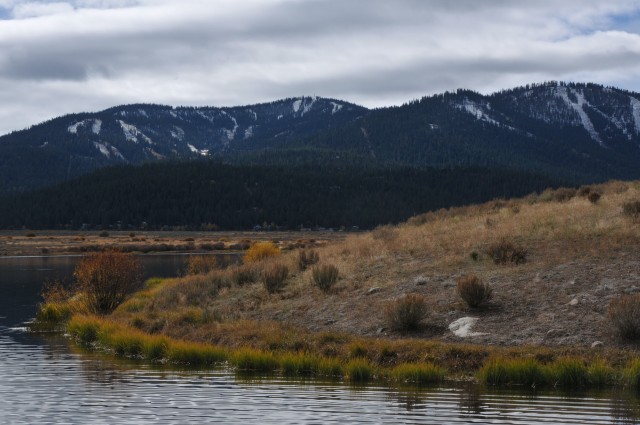
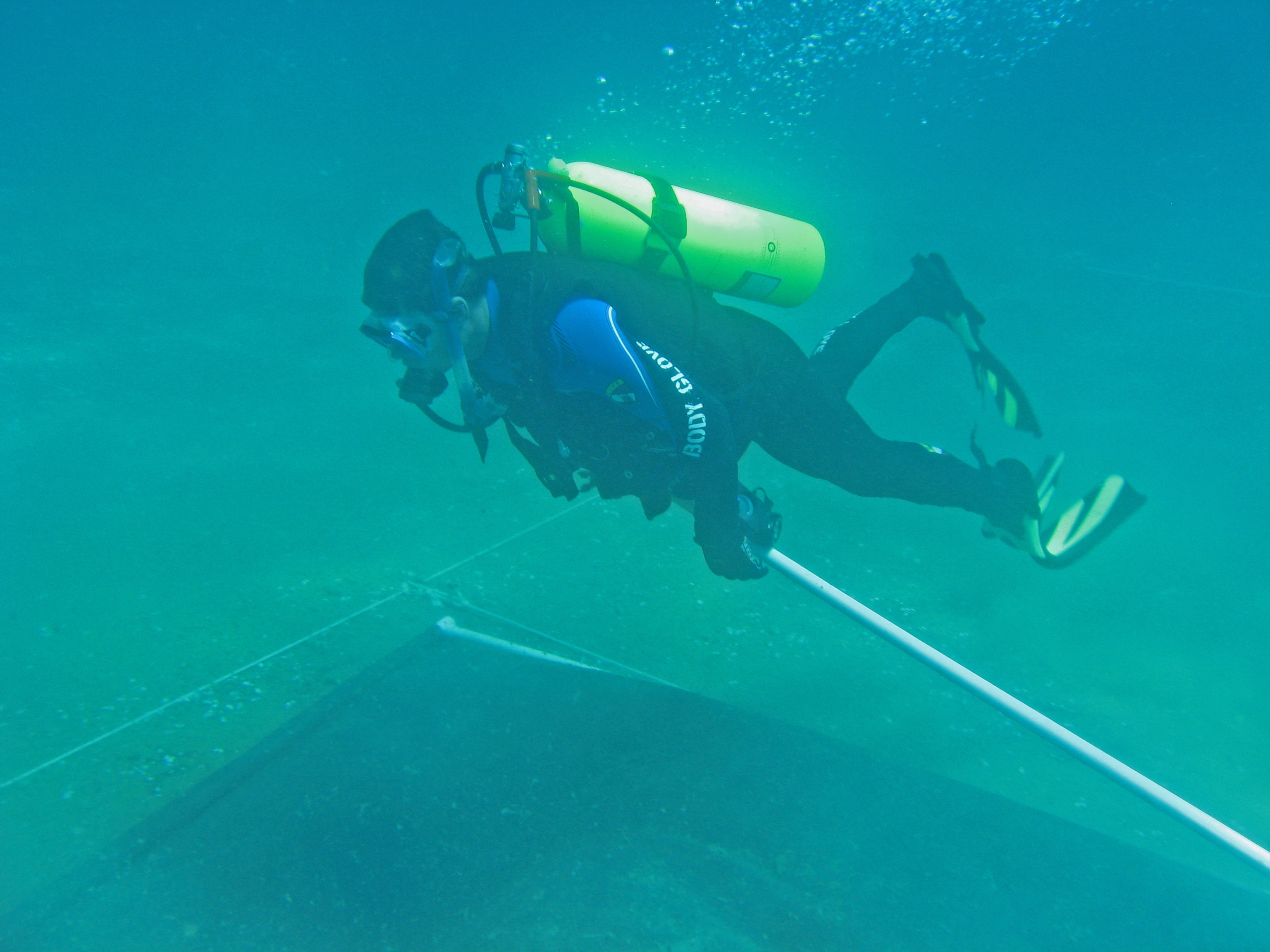
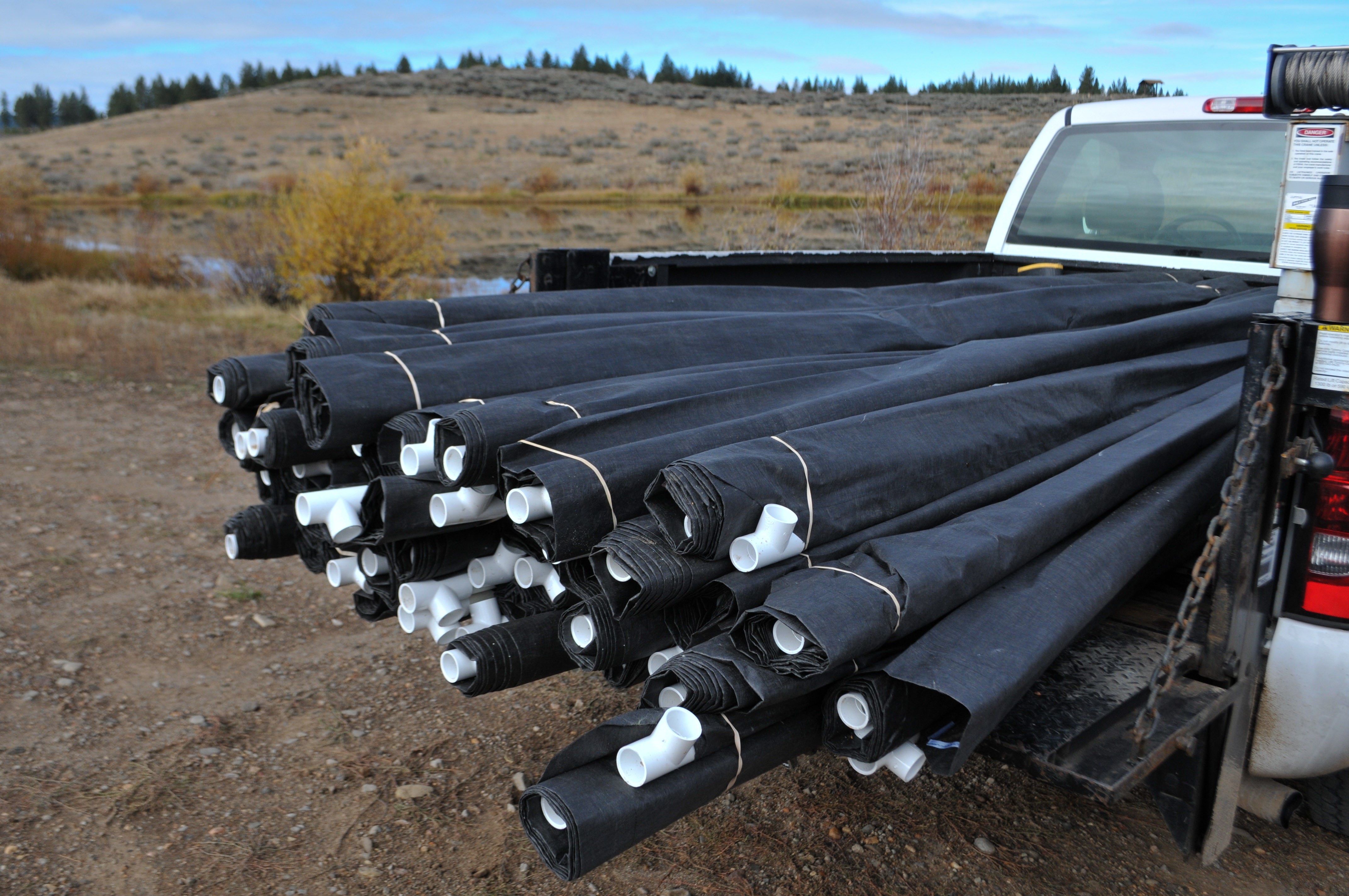
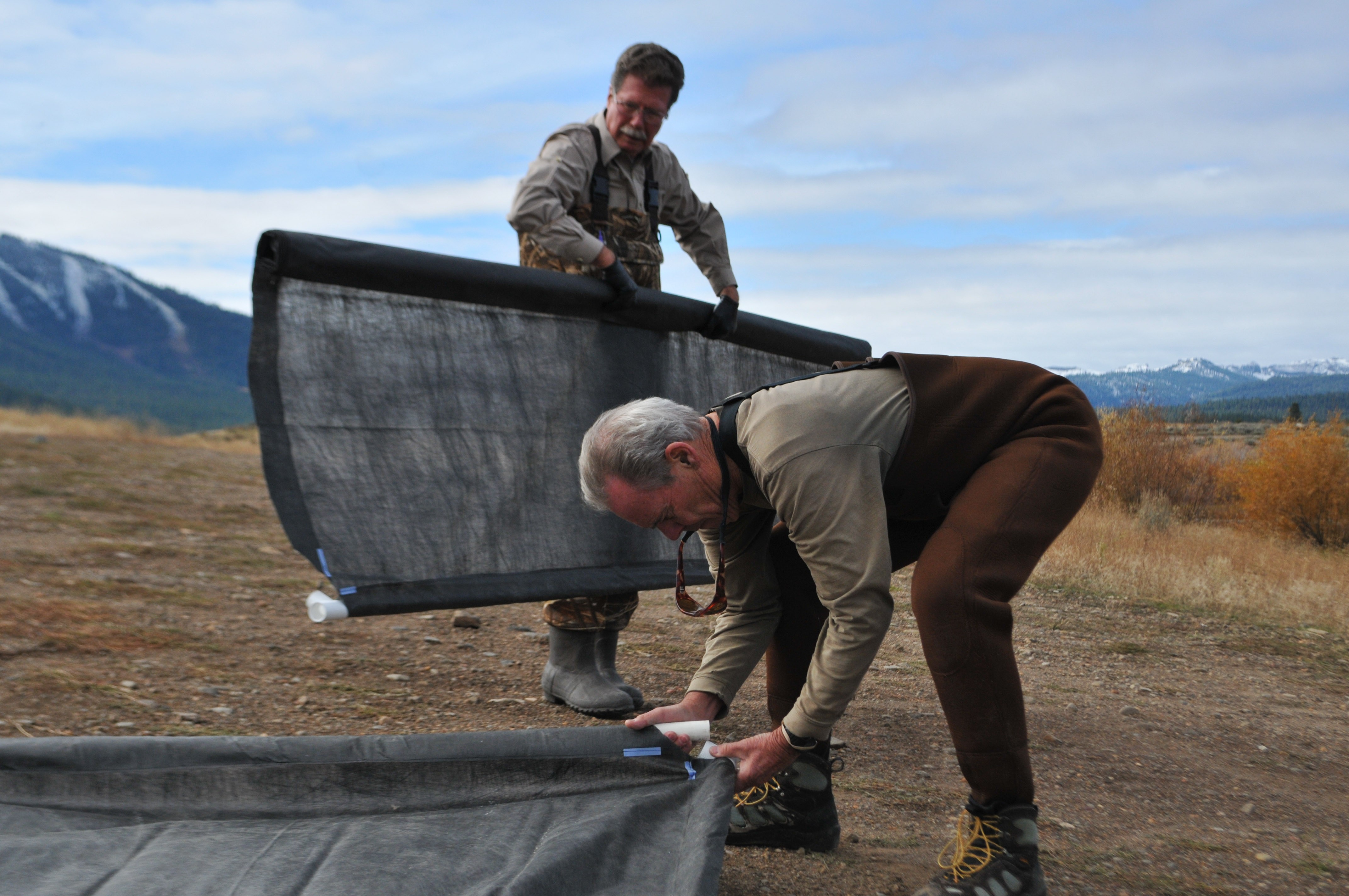
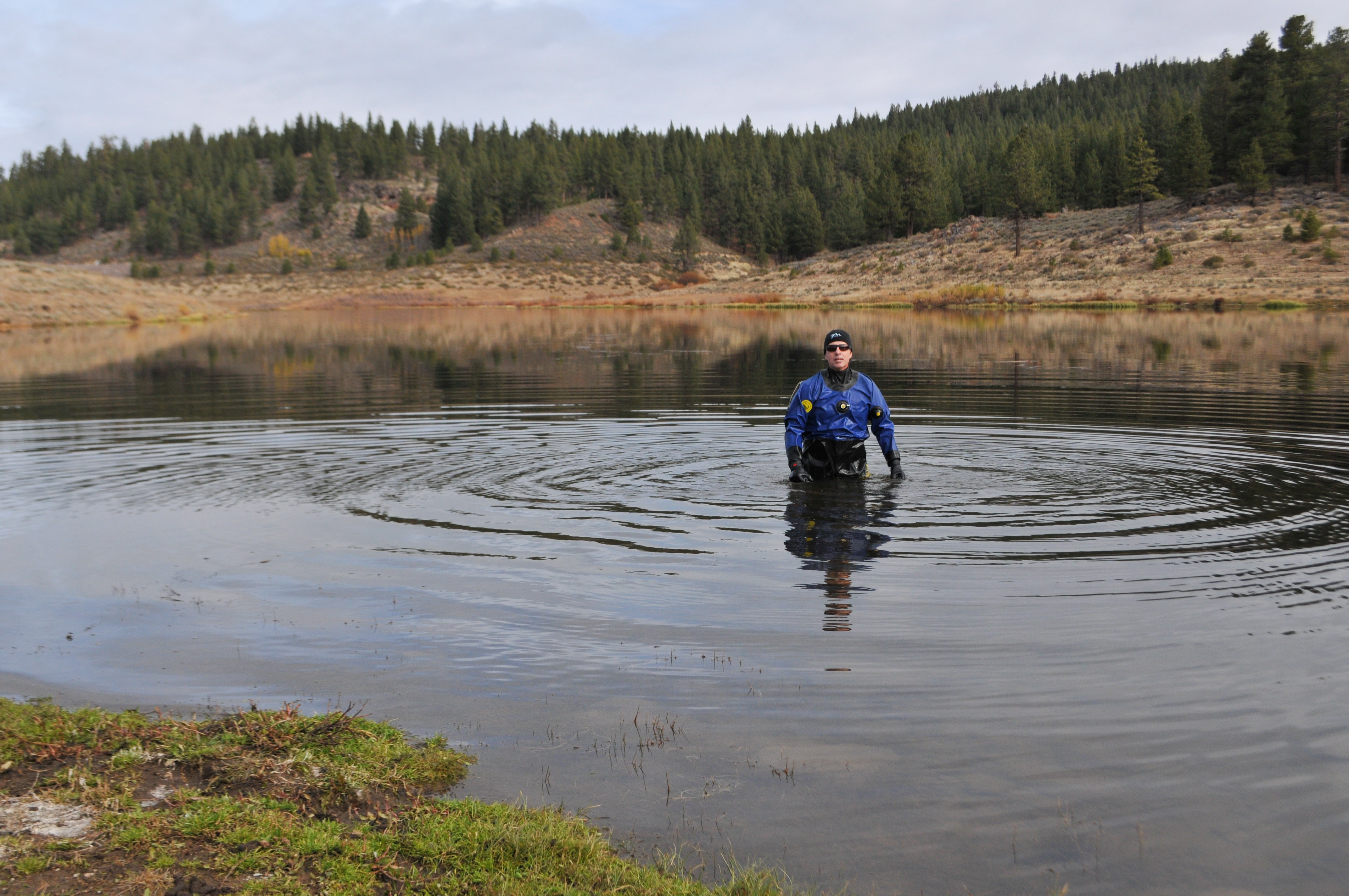
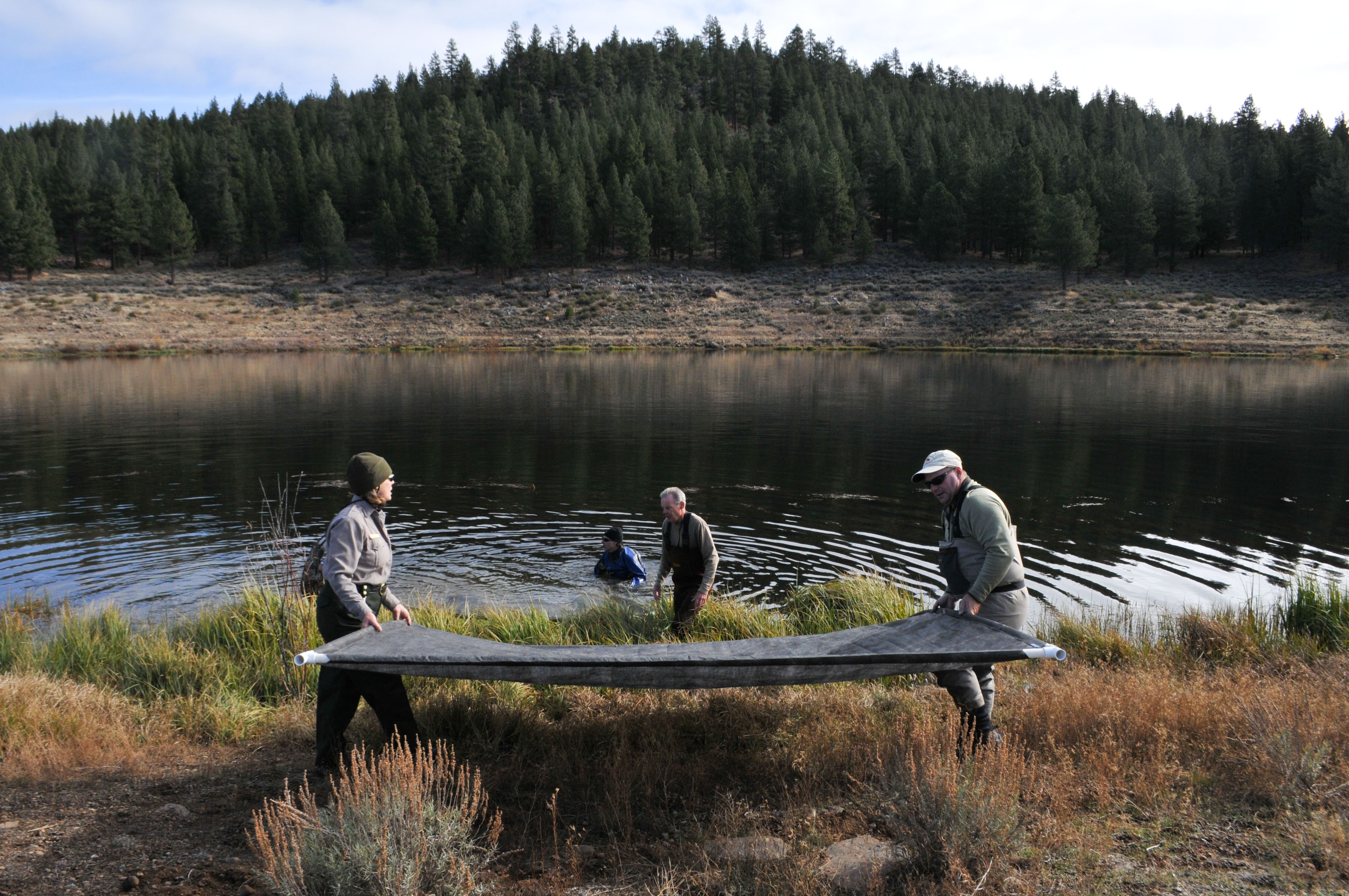
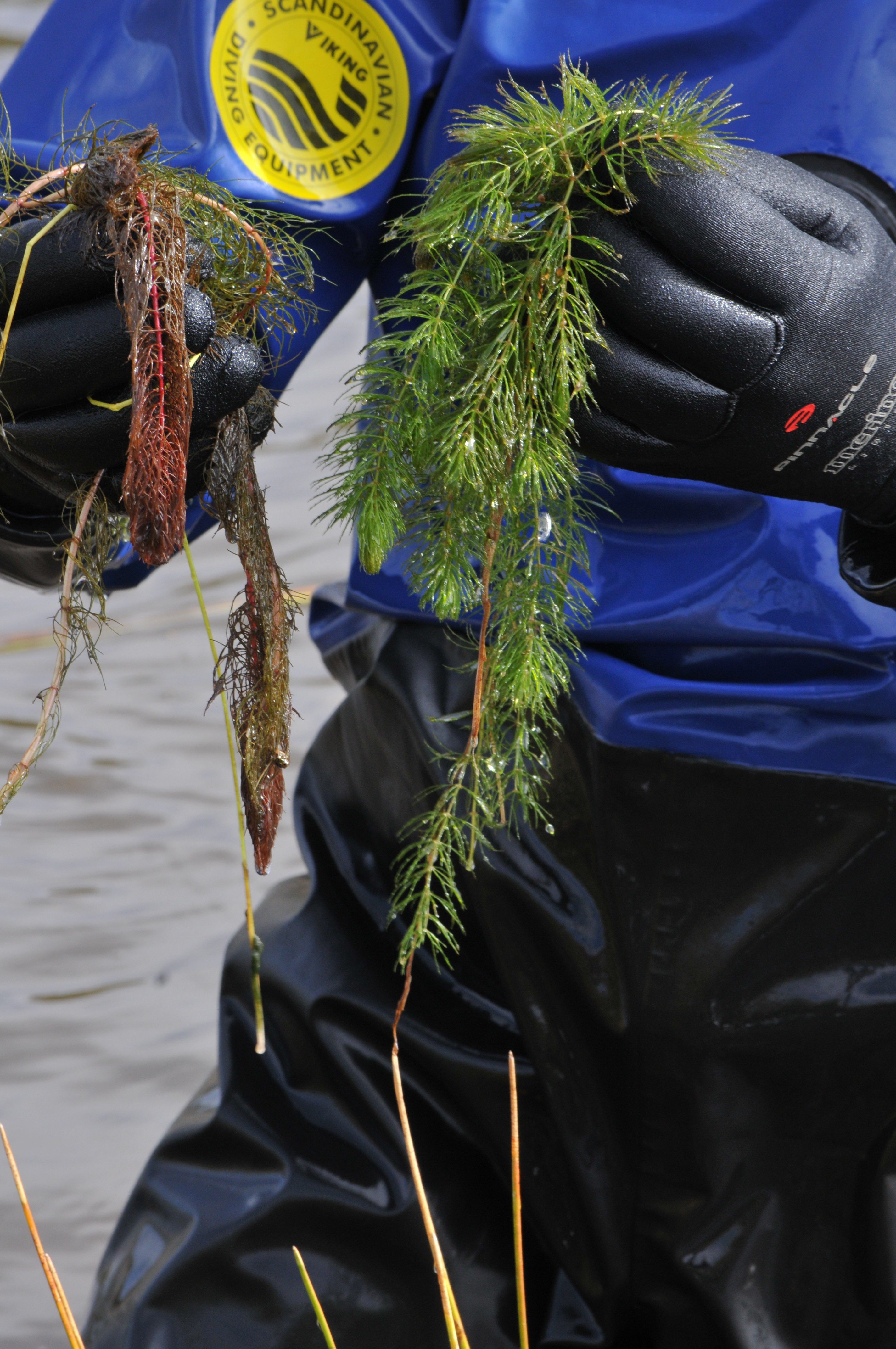
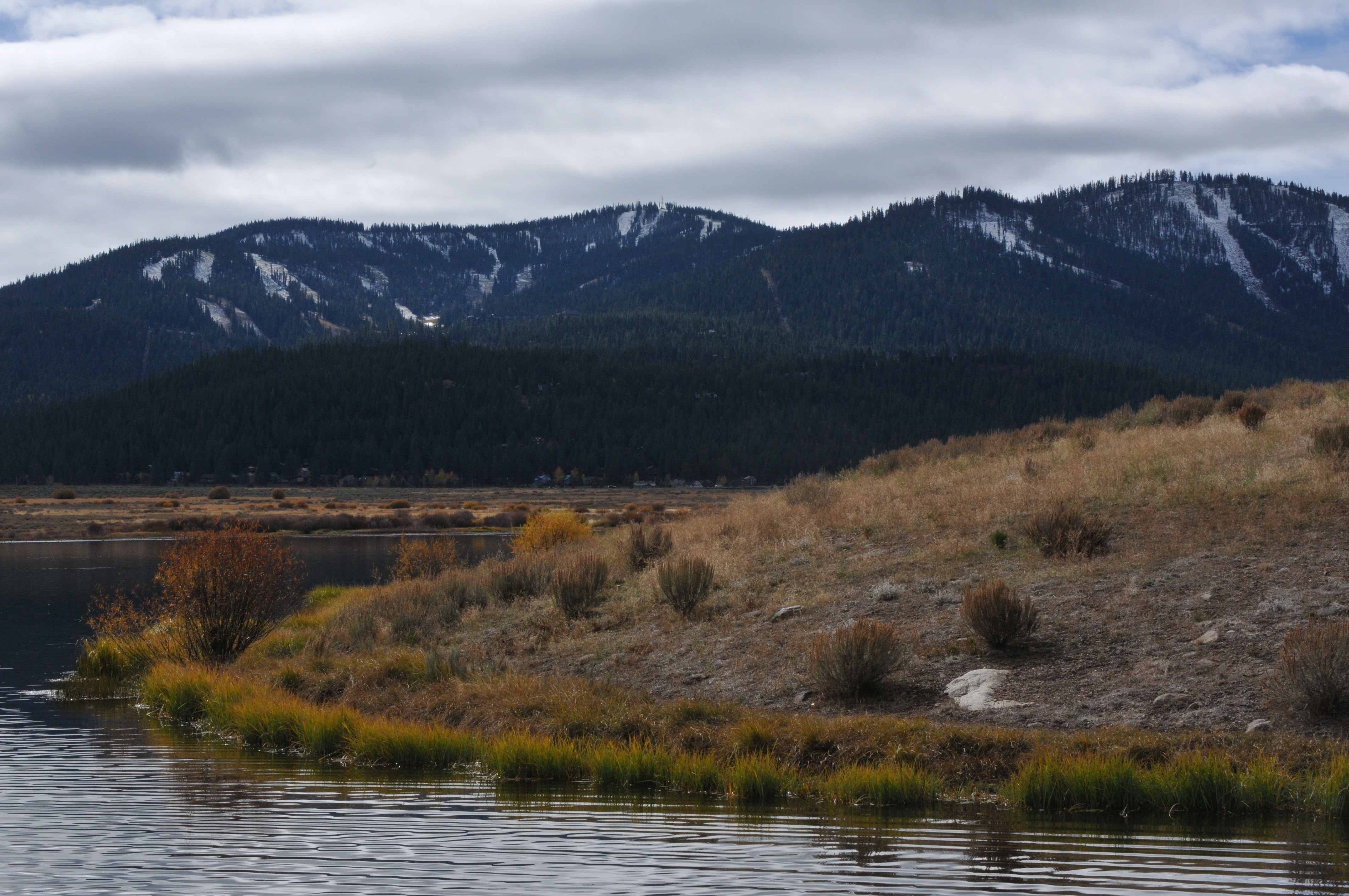
Social Sharing